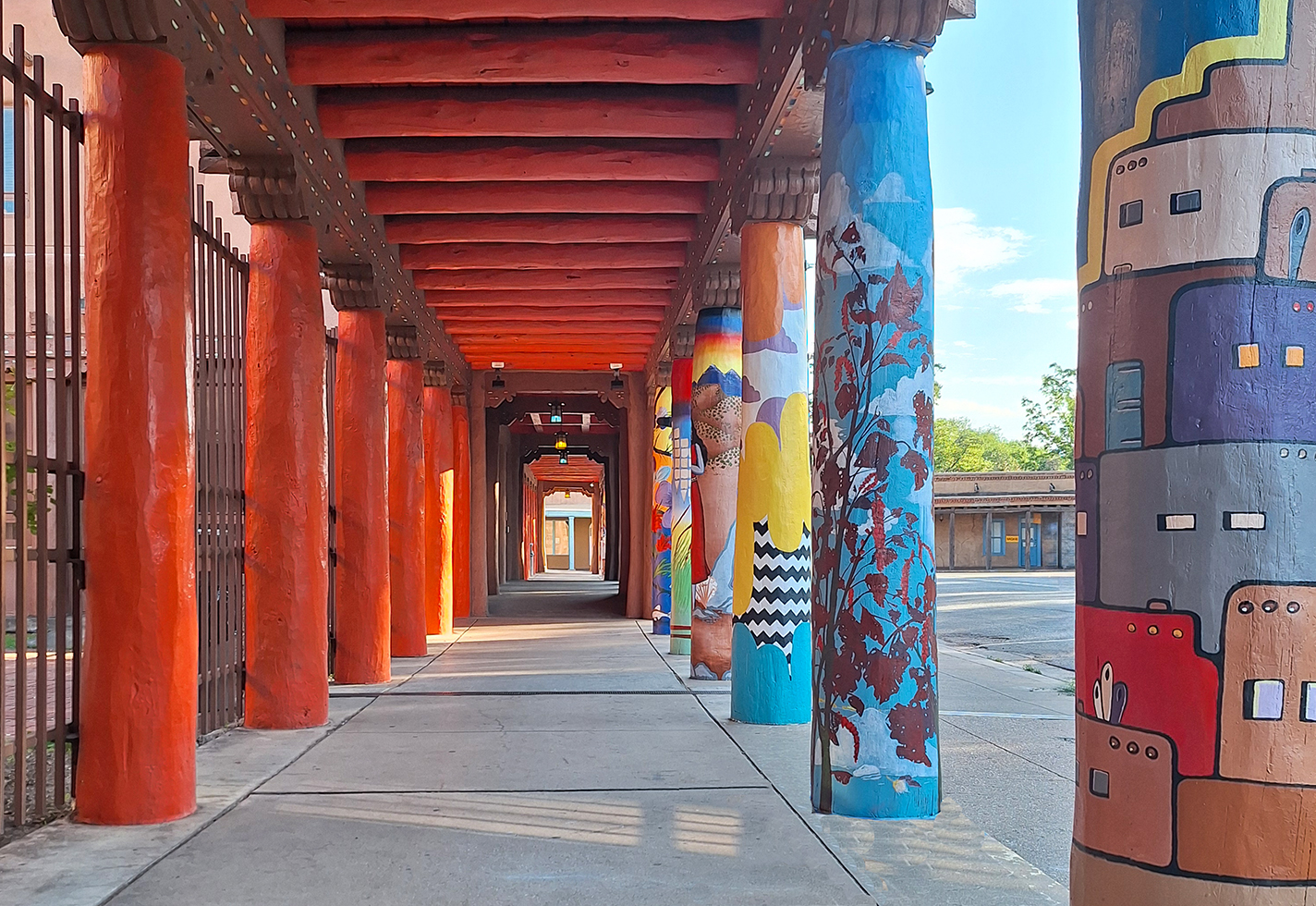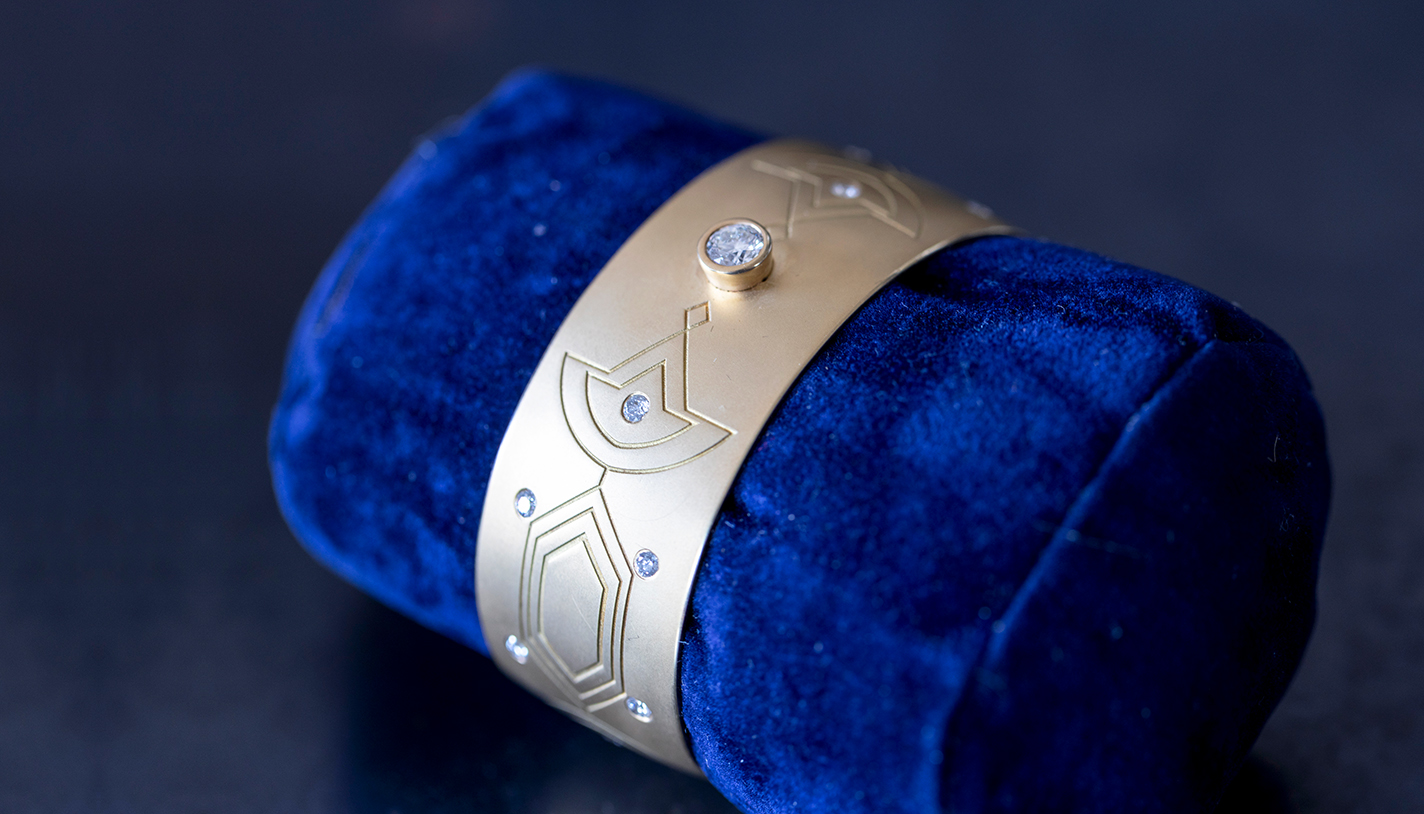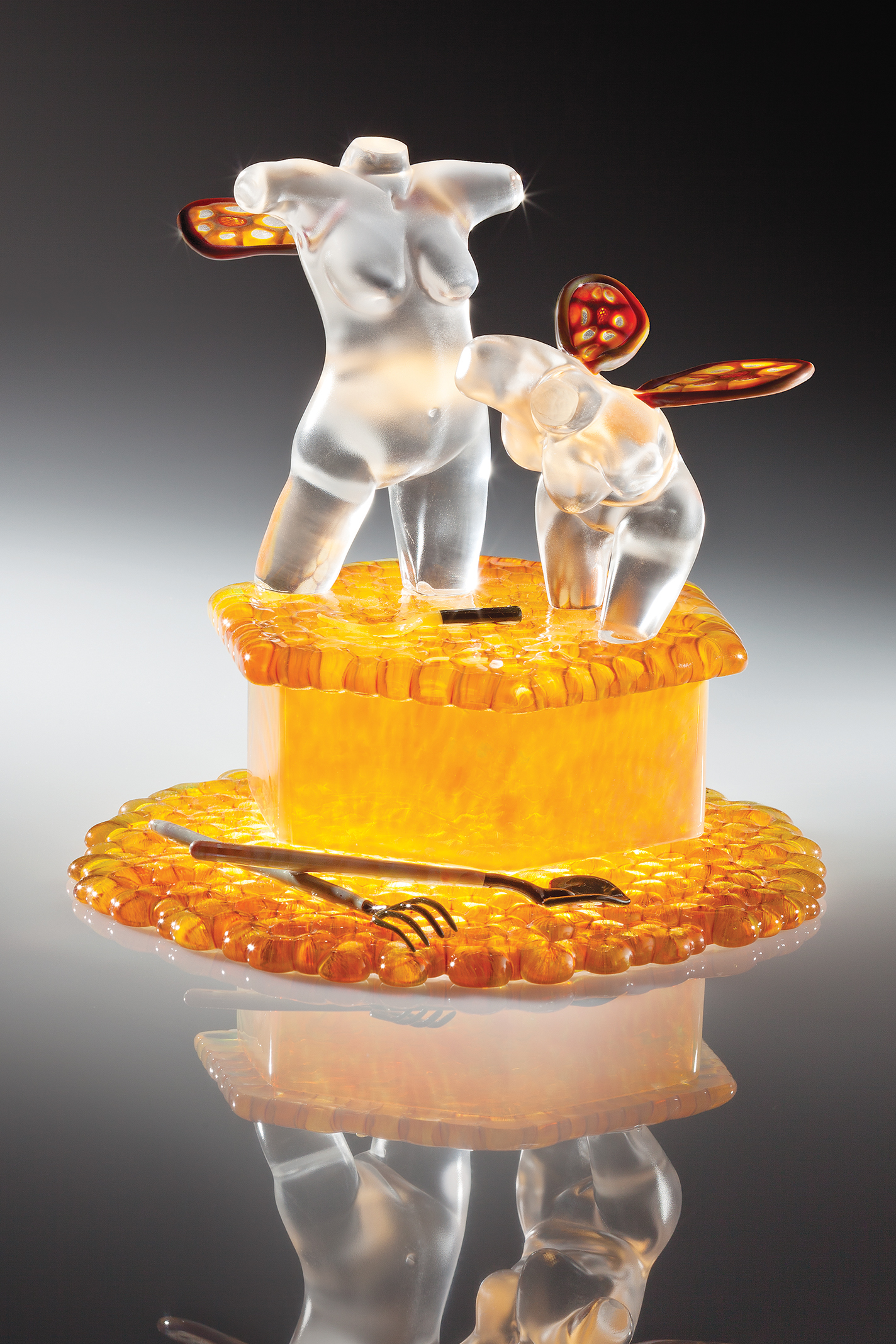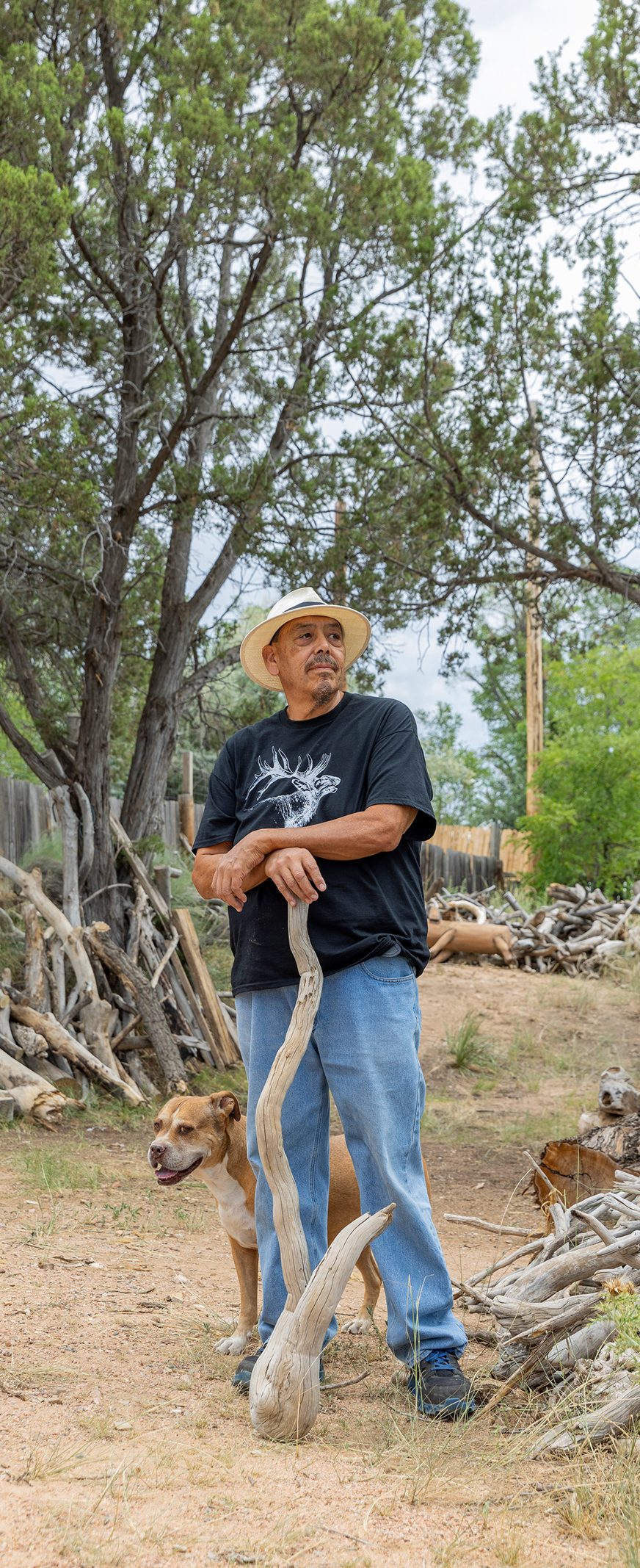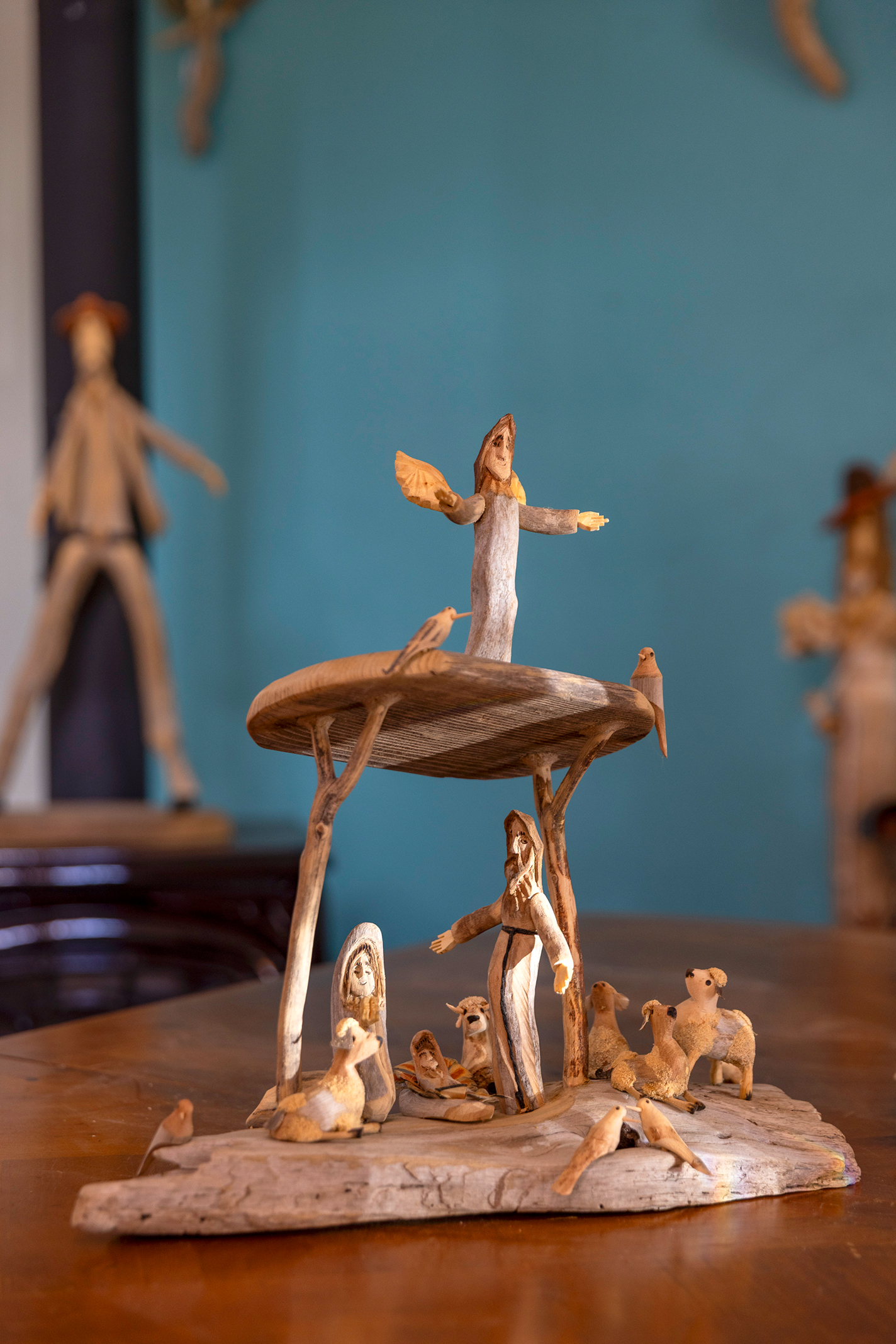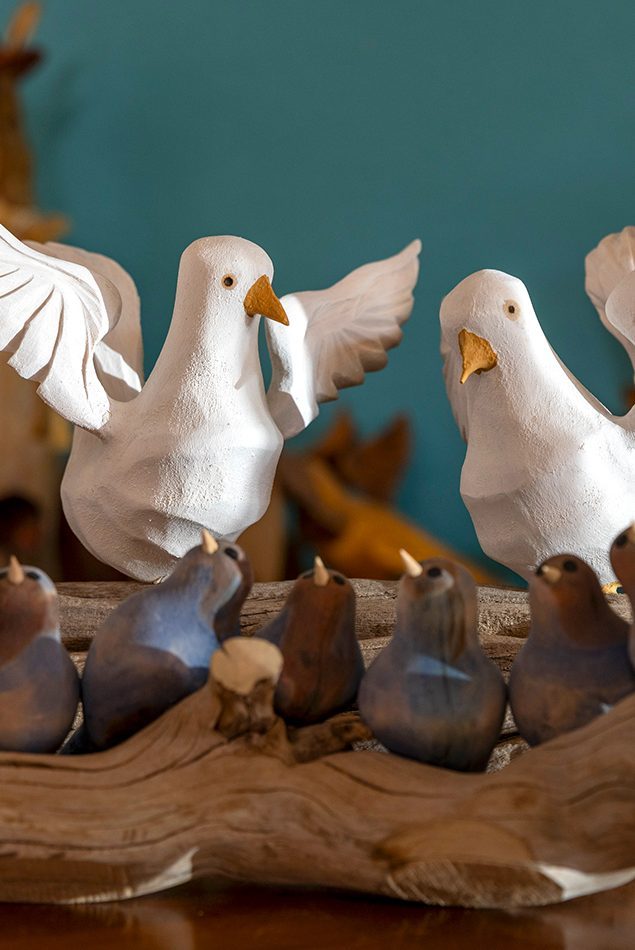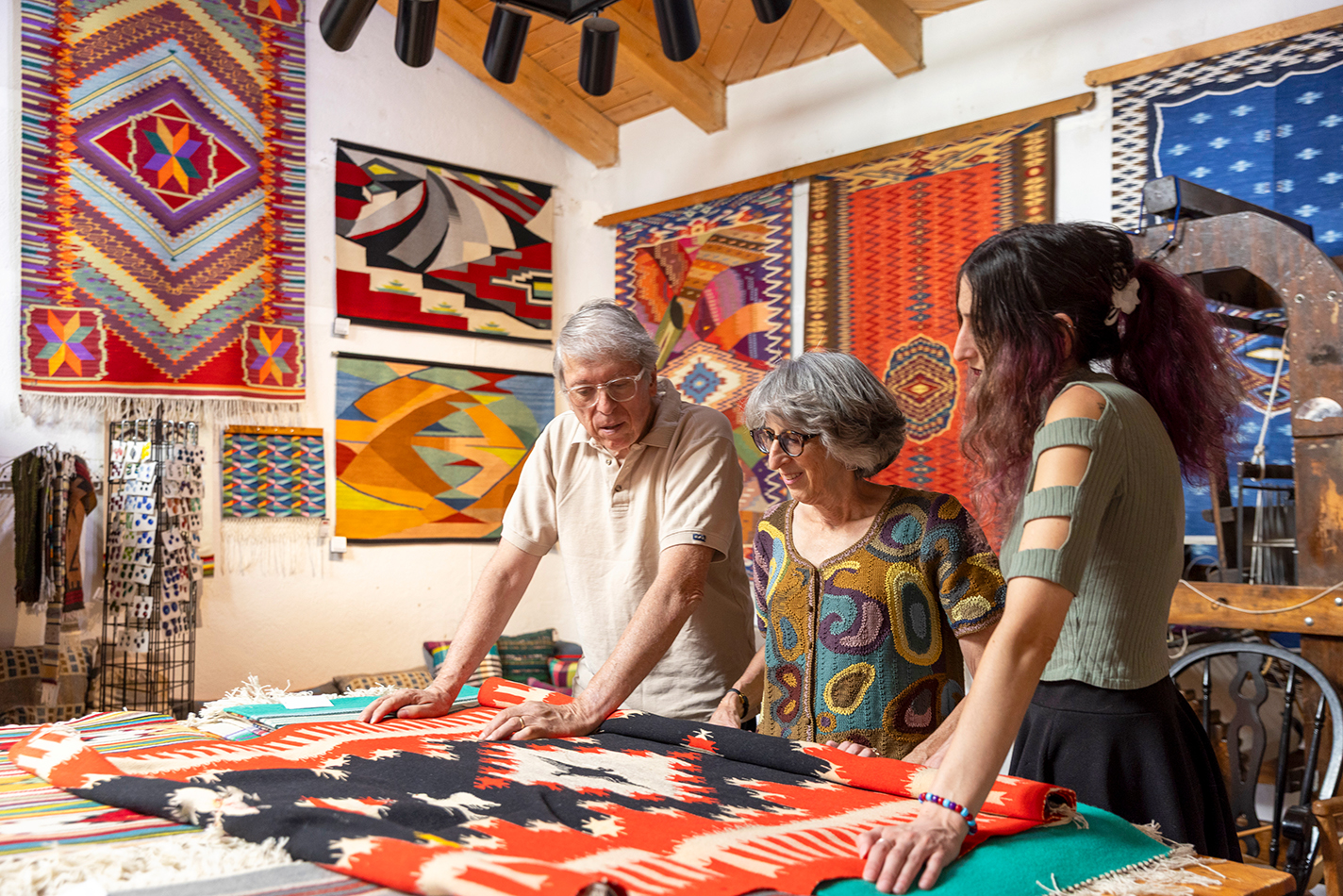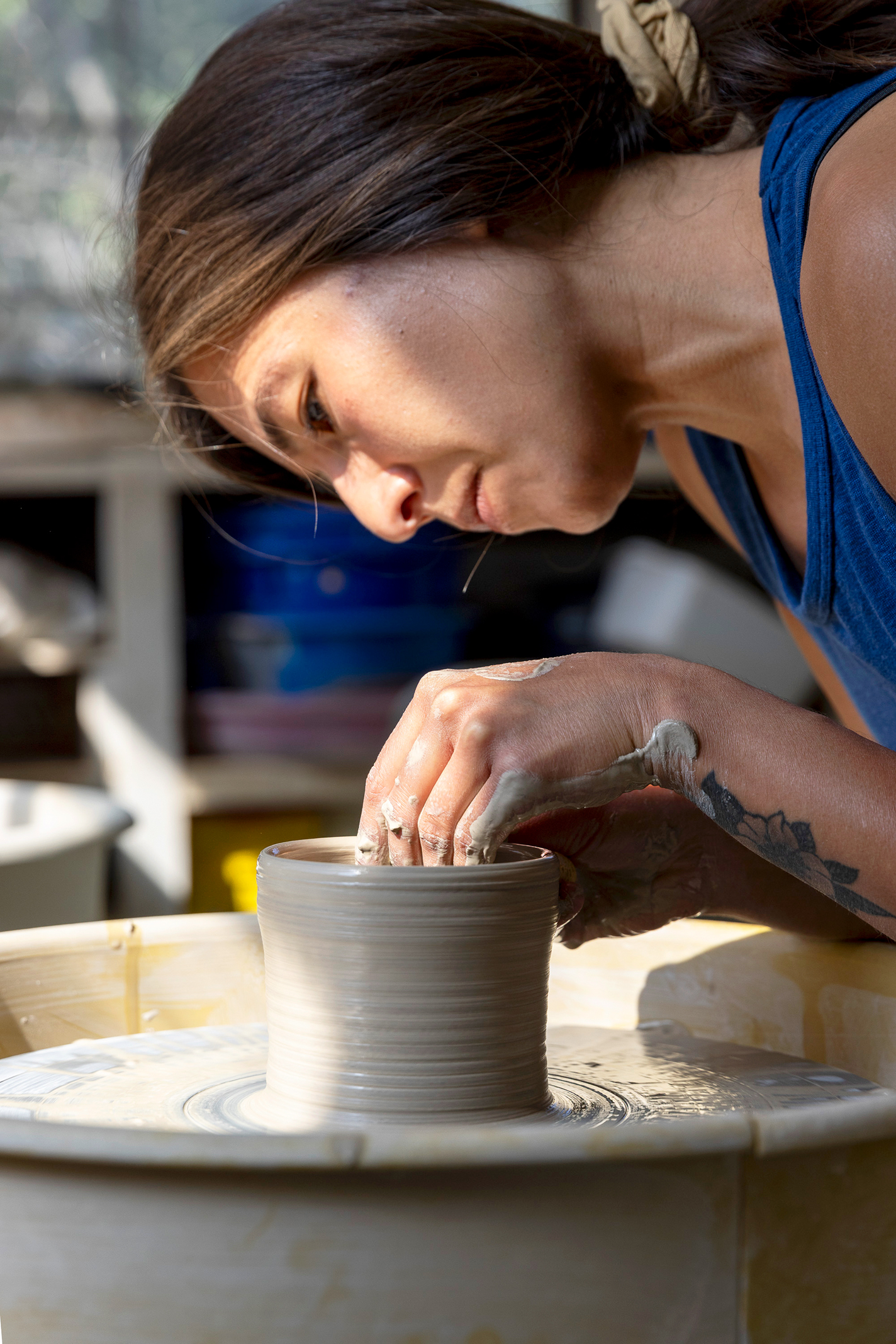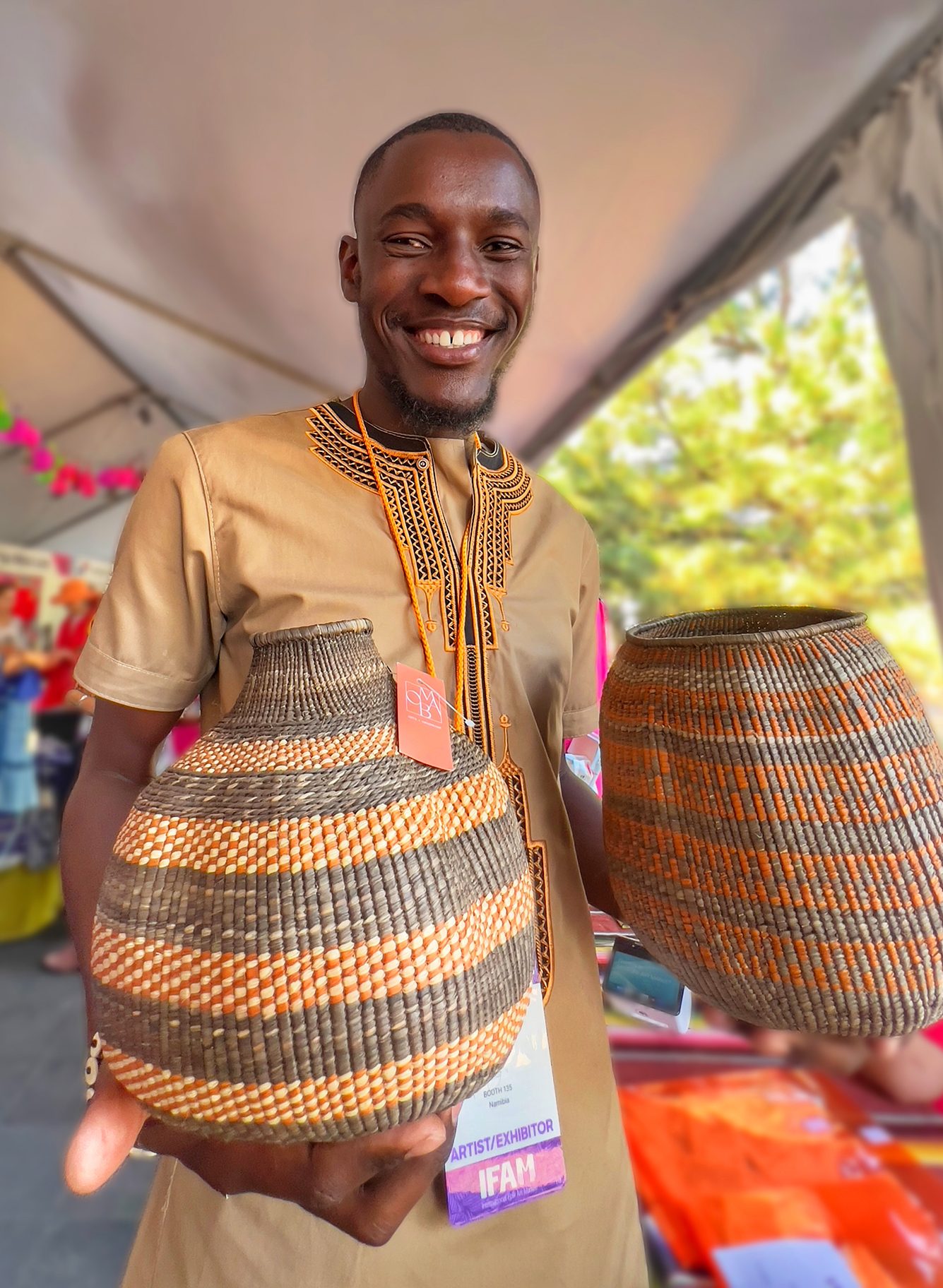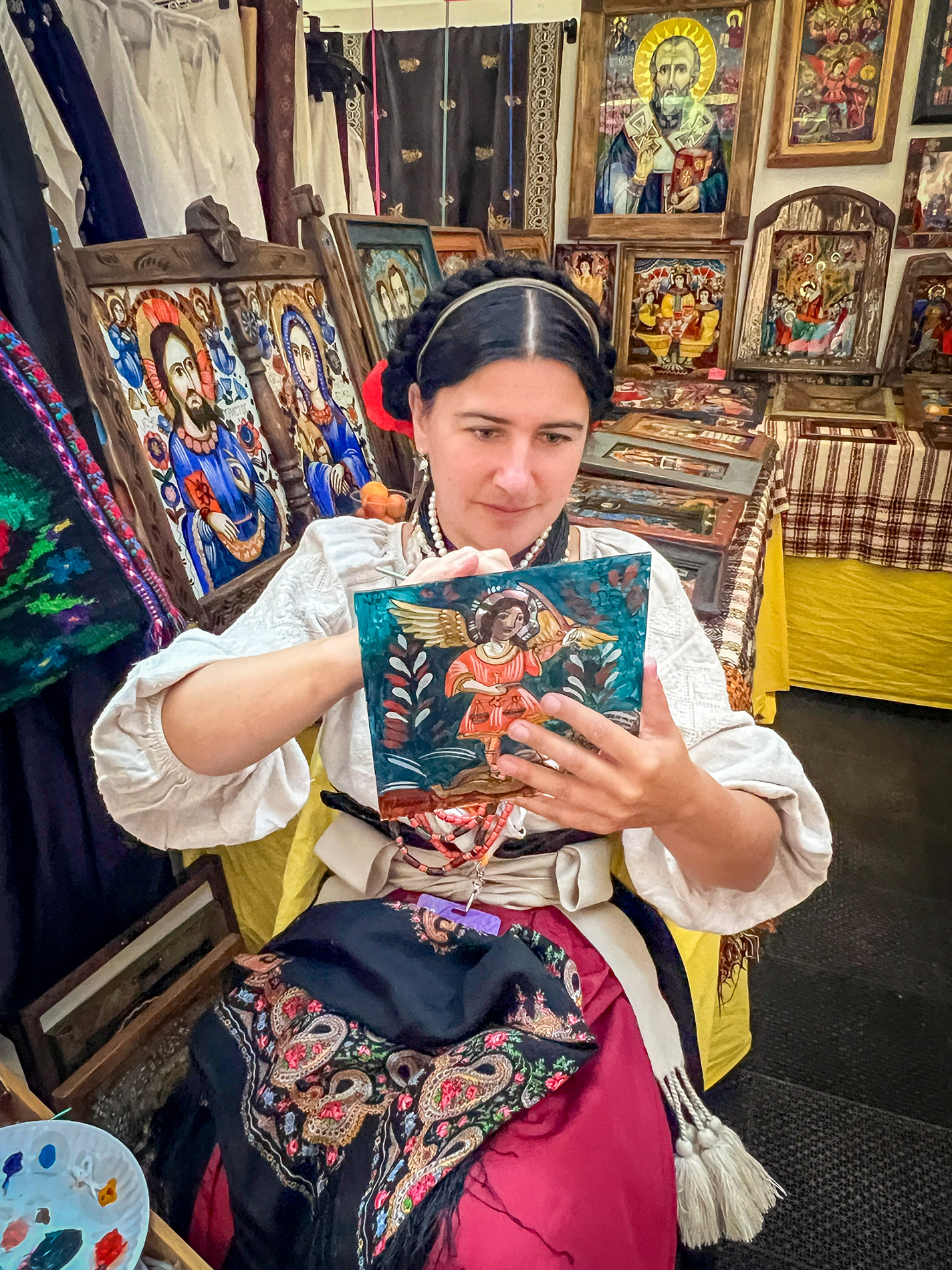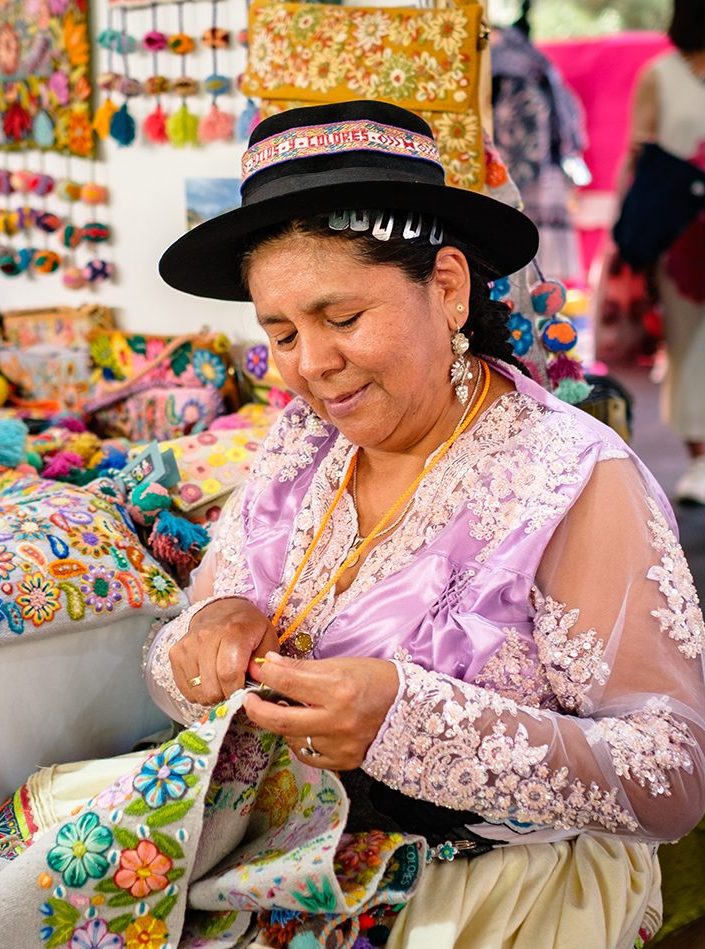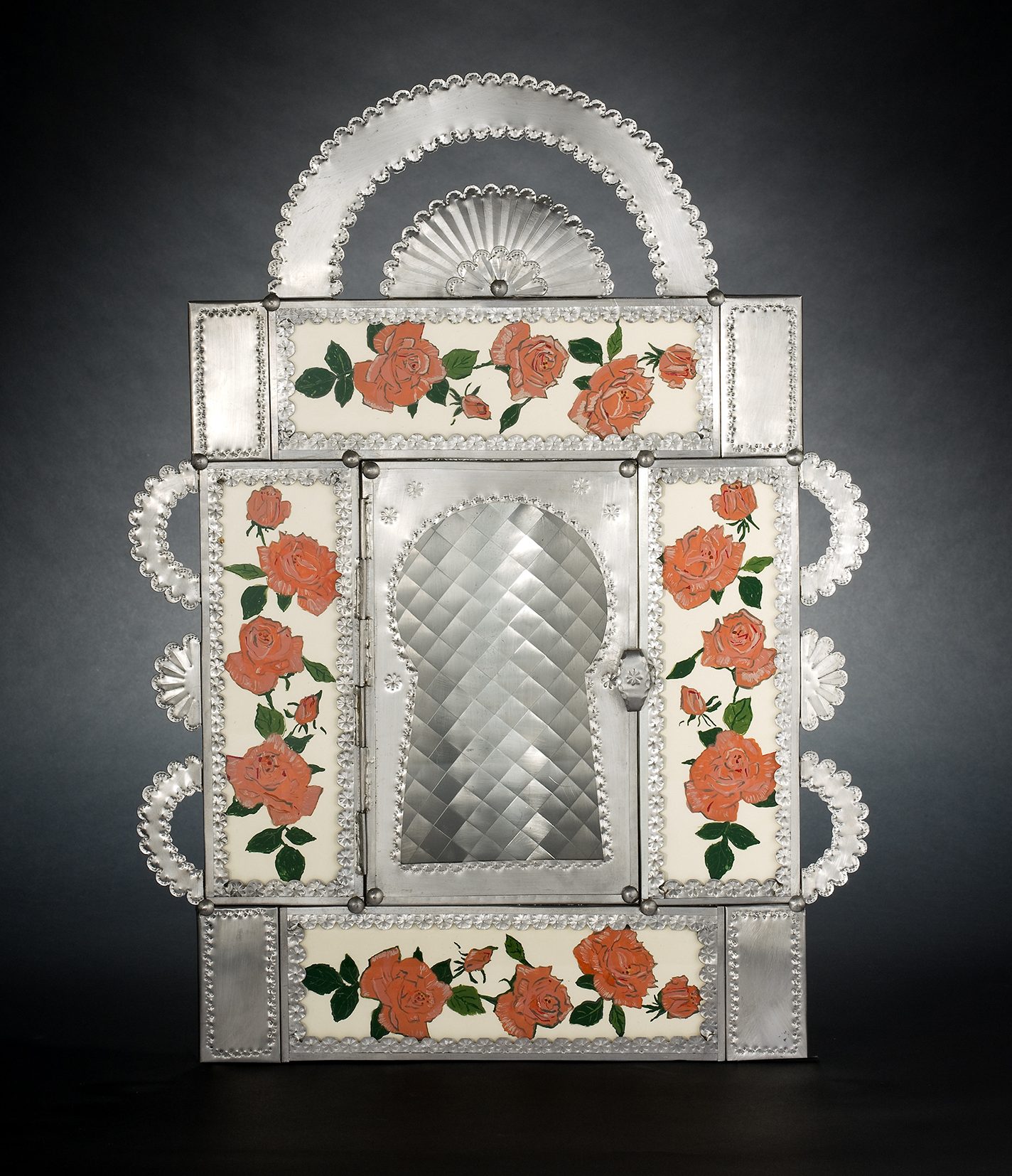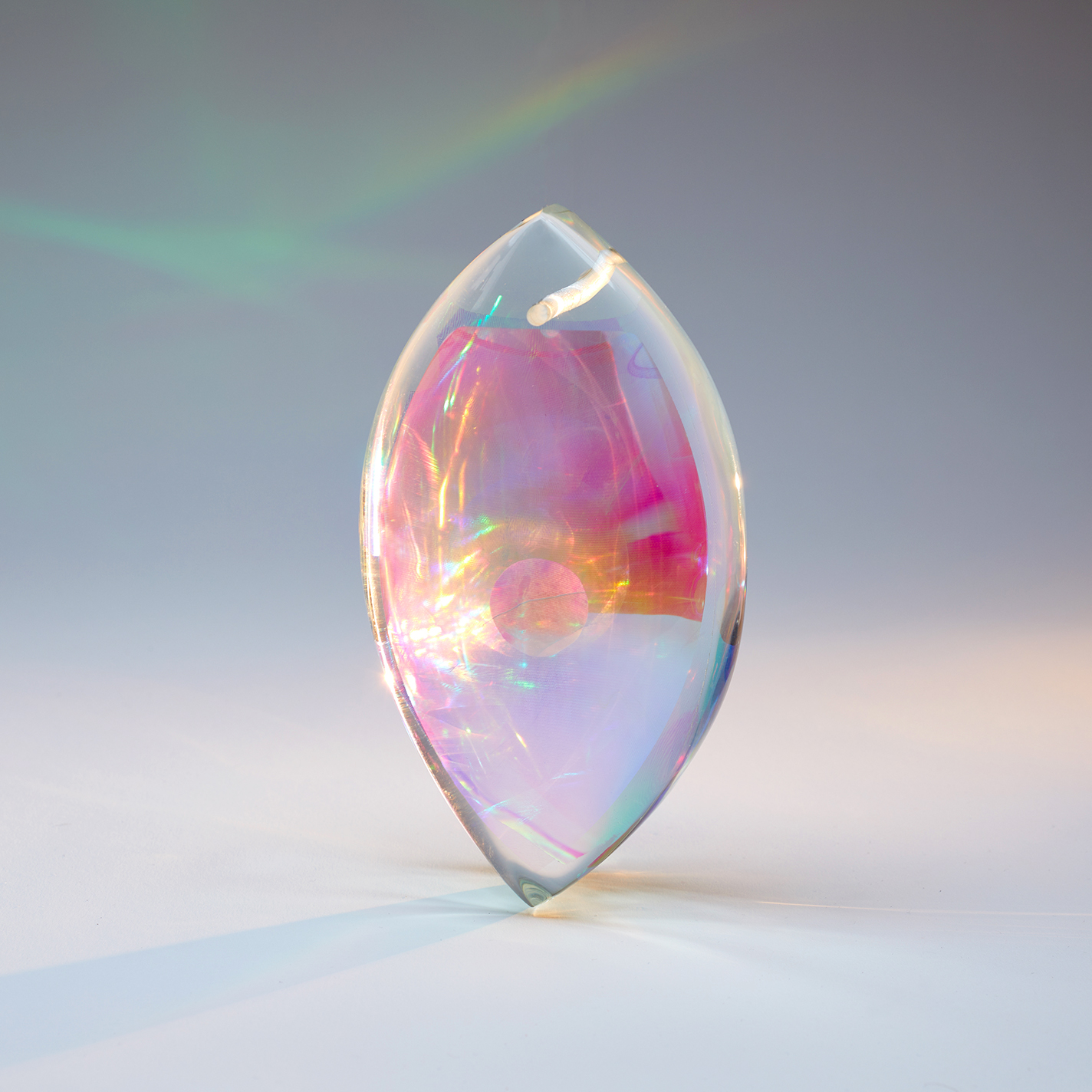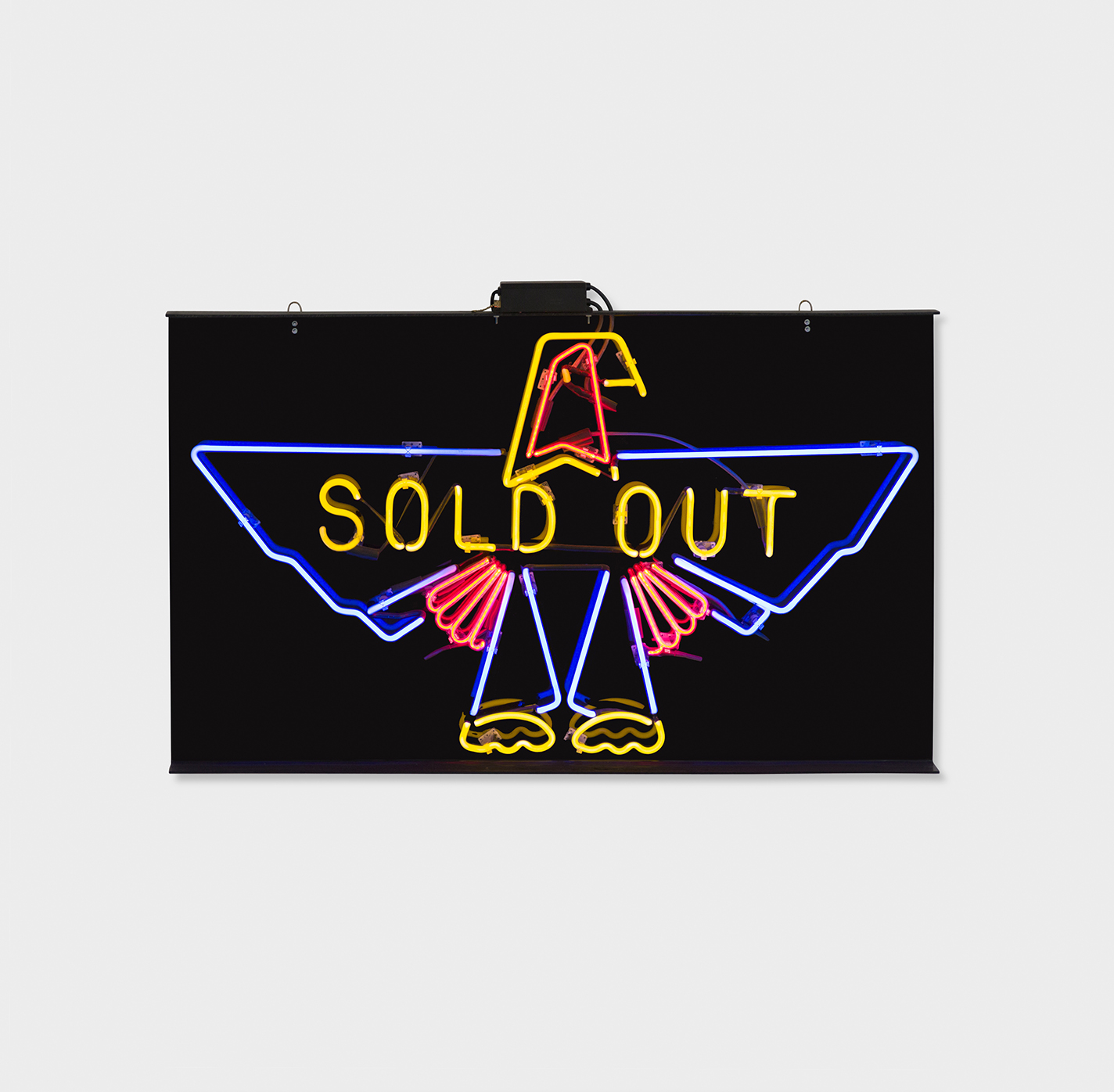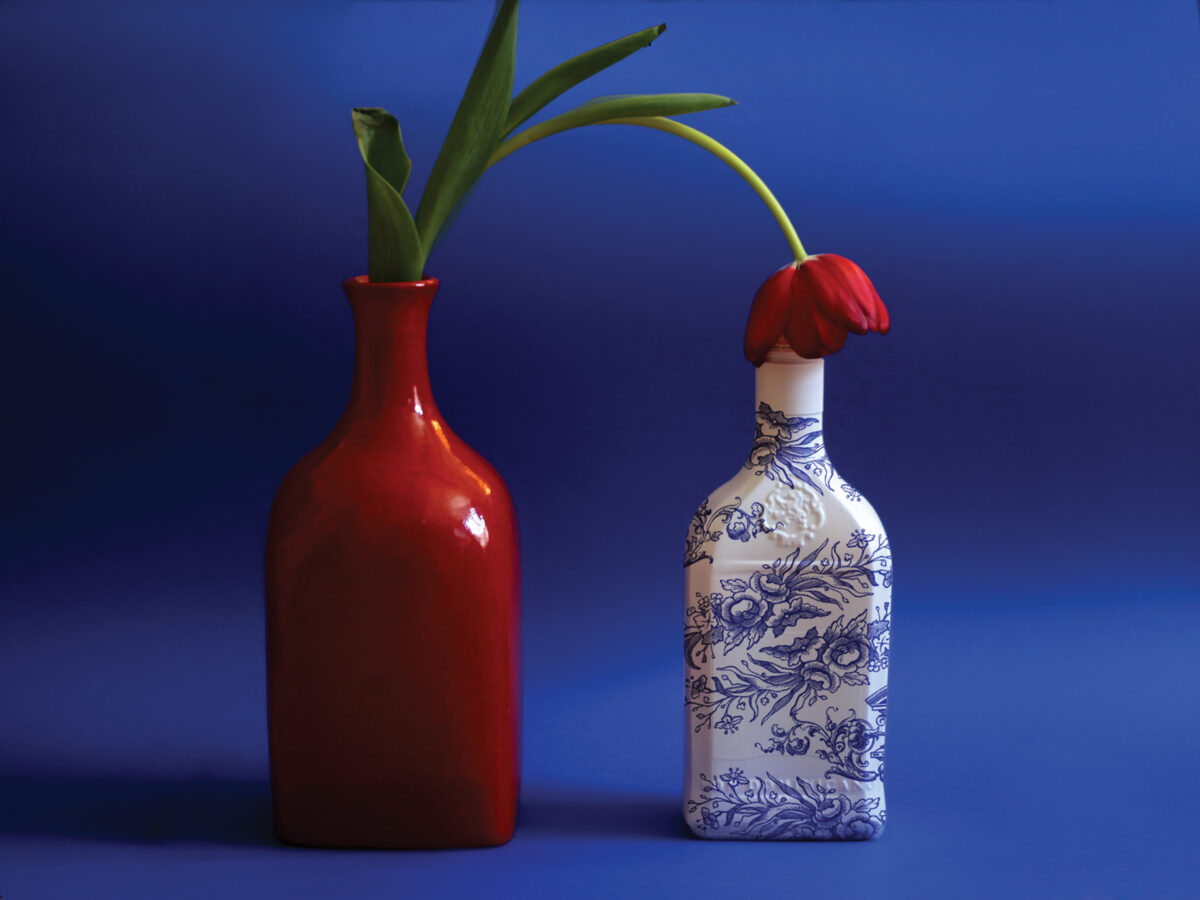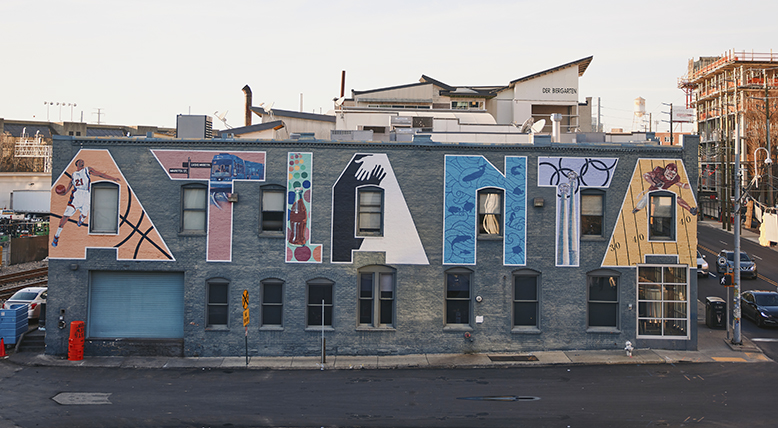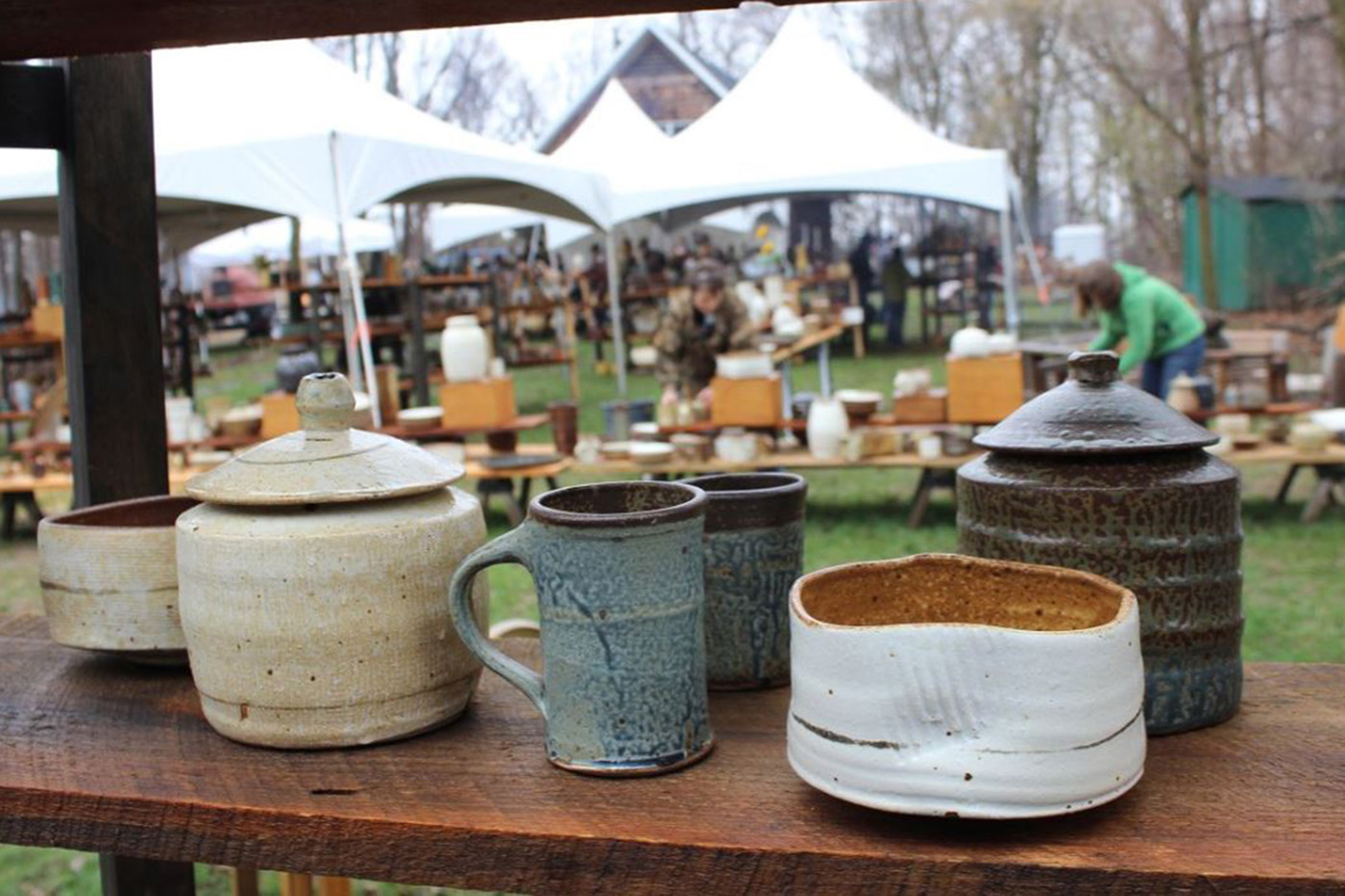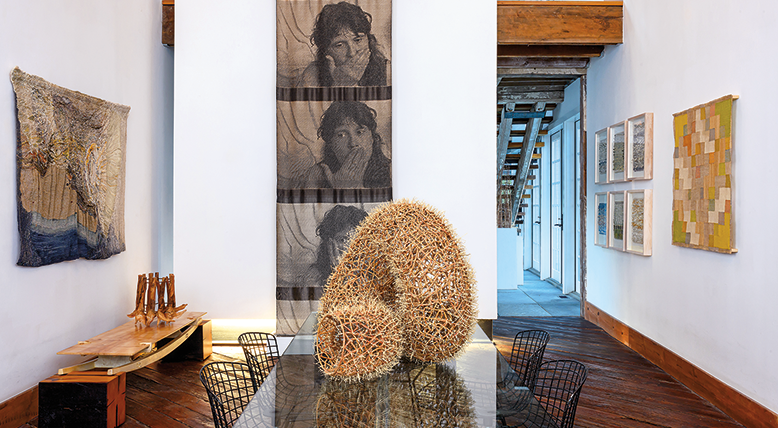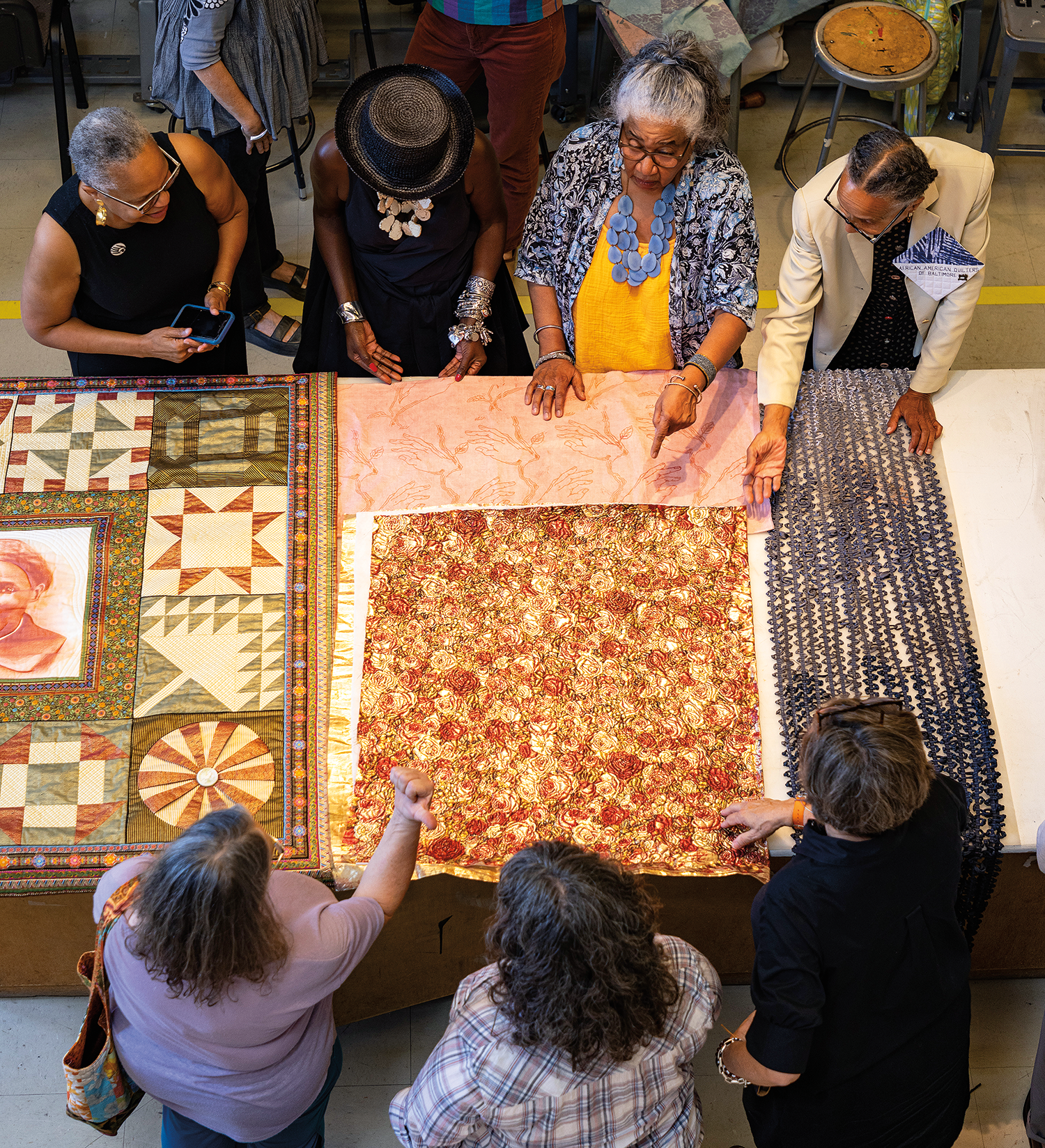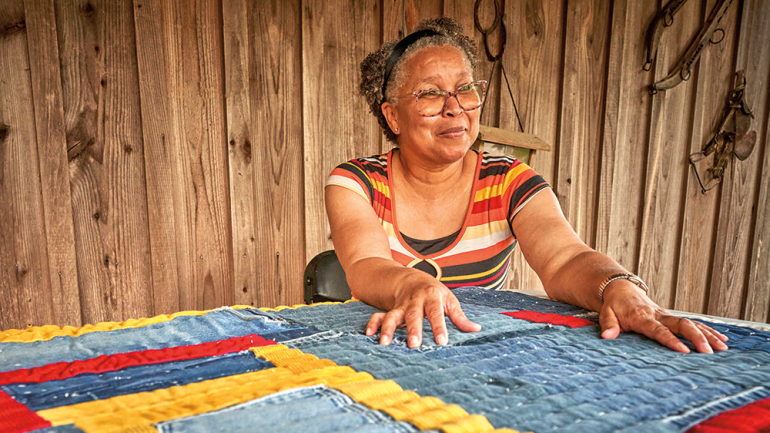Schools, Studios
Boyd & Allister
Inside Jonathan Boyd’s studio, a former tortilla factory, the furniture maker builds elegant and stylish tables, credenzas, dressers, benches, and chairs using traditional joinery and wood gathered from small sawyers around the country.
boydandallister.com
Española Valley Fiber Arts Center
Located in Española, 25 miles from Santa Fe, this unique resource for “all things fiber” offers classes, apprenticeships, supplies, equipment, and books, emphasizing natural dyes and fibers.
evfac.org
Estambre Studios
Weavers Linda Running Bentley and Kipp Bentley—the proprietors of Estambre Studios, located just south of Santa Fe—make lush, durable wool rugs using a traditional rag-rug technique and offcut wool blanket selvedges from Pendleton Woolen Mills.
estambrestudios.com
Firefly Glass
This small-scale glass hot shop, owned by glass artist Amy Griffin, doubles as a community mental health resource center, offering group experimental workshops, glass therapeutics, and expressive art therapy sessions.
fireflyglass.carrd.co
Galisteo Studio Tour
The fall and winter months feature numerous community-driven studio tours in the rural communities surrounding Santa Fe, including the Dixon Studio Tour, the Eldorado Studio Tour, and the Galisteo Studio Tour.
dixonarts.org | eldoradoarts.org | galisteostudiotour.org
Green River Pottery
Offering private and weekly classes, studio space, and a gallery of stoneware pots, Green River Pottery is the passion project of ceramist Theo Helmstadter, who pursues “the useful form,” which is intimately related to “the pursuit of beauty itself.”
greenriverpottery.com
Institute of American Indian Arts
Santa Fe boasts the only fine arts college in the world dedicated to the study of contemporary Native American and Alaskan Native arts. Founded in 1962 by Lloyd Kiva New and George Boyce, the IAIA is a mighty force when it comes to advancing and preserving Indigenous art in New Mexico and beyond. The college—also home to a museum and a research center—offers degrees in art history, museum studies, creative writing, studio arts, and more.
iaia.edu
Living Threads Studio
This studio, gathering space, and workshop—founded by Teresa Robinson and Eric Mindling—presents handwoven natural fiber textiles, Oaxacan pottery, and fine art documentary photography.
livingthreads.org
MAKE Santa Fe
This 7,000-square-foot makerspace on All Trades Road offers workshops, a comprehensive array of tools and equipment, a woodworking shop, a blacksmithing forge, a ceramics studio, and more.
makesantafe.org
New Mexico School for the Arts
Located in the Railyard Arts District, this public, statewide high school serves young artists with programs in music, creative writing, dance, theater, and visual arts. With a 97 percent graduation rate, the school says it has “created an education that supports the whole student: as an artist, a scholar, and a citizen.”
nmschoolforthearts.org
Paseo Pottery
Offering drop-in and long-term classes, studio space, events, and a gallery of local pottery, this studio on Calle de Comercio is run by ceramist and photographer Angela Smith Kirkman, who donates all net proceeds from her First Friday Pottery Throw Downs to local charities.
paseopottery.com | angelasmithkirkman.com
Prairie Dog Glass
Dubbing itself “Santa Fe’s No. 1 place to create your own glass art,” Prairie Dog offers the opportunity to make functional works in glass in as few as 15 minutes. Founded by glass artist Elodie Holmes, who also contributed to this iteration of The Scene, this studio is the place to go if you’ve “ever wondered what it feels like to handle a ball of molten glass at the end of a metal stick.”
prairiedogglass.com
Santa Fe Art Institute
Offering a range of residencies and fellowships, this organization offers living space, studios, and a gallery, and aims to “foster and explore the interconnections of contemporary art and society, to enliven public discourse on art, and to support and nurture artists at all phases of their careers.”
sfai.org
Santa Fe Tin Works
The tinsmithing tradition in New Mexico dates back to the 1800s, when artisans punched and stamped discarded tin cans in order to make religious objects and household goods. Modern tinsmiths like local legend Fred Ray Lopez create elaborate functional and decorative works from this humble metal. Visitors to Lopez’s studio on Don Gaspar Avenue will be dazzled by his tin creations.
santafetinworks.com
Tesuque Glassworks
Located in Tesuque, just north of Santa Fe, this glass studio and gallery was founded in 1975 by artist Charlie Miner and offers daily glassblowing demonstrations.
tesuqueglass.com
TLC Stained Glass Studio
Founded by stained glass artist Theresa Cashman, this studio offers workshops, demonstrations, one-on-one studio time, a supply shop, and a gallery.
tlcstainedglass.com
